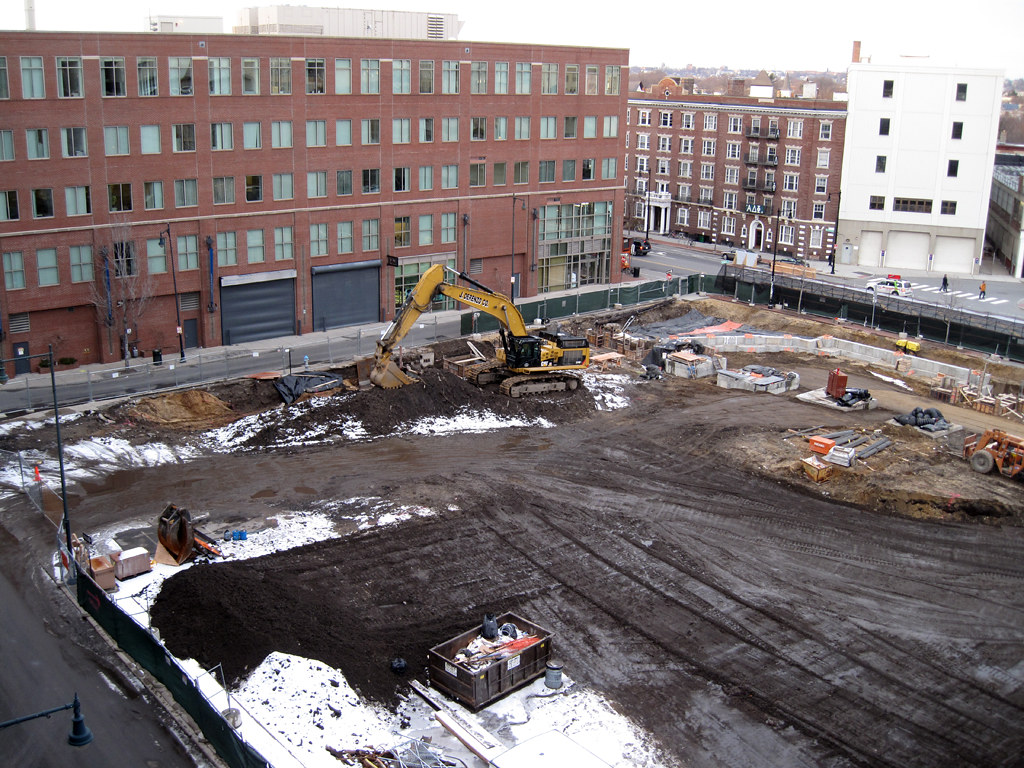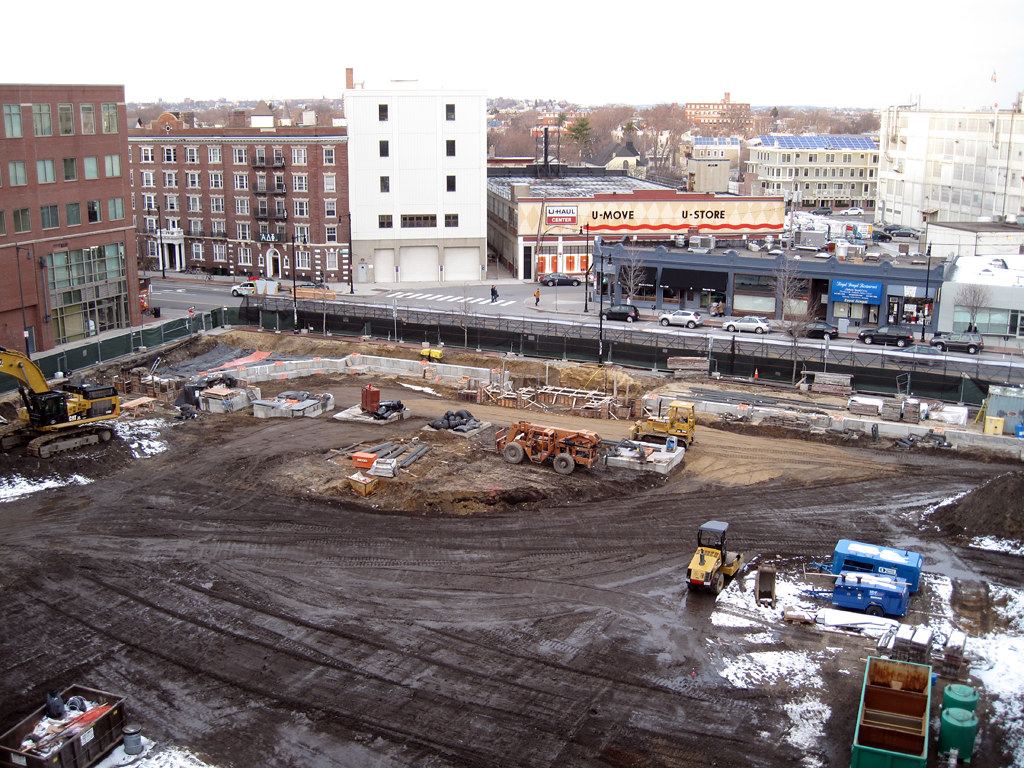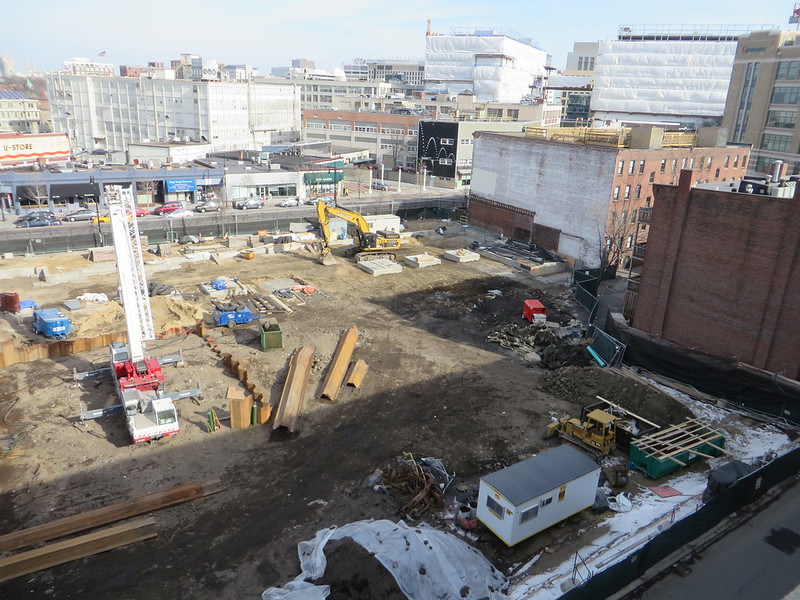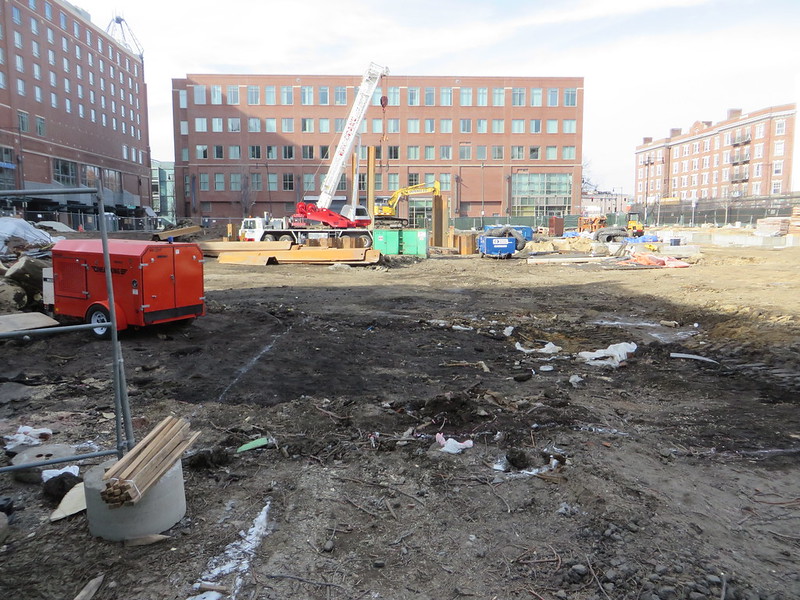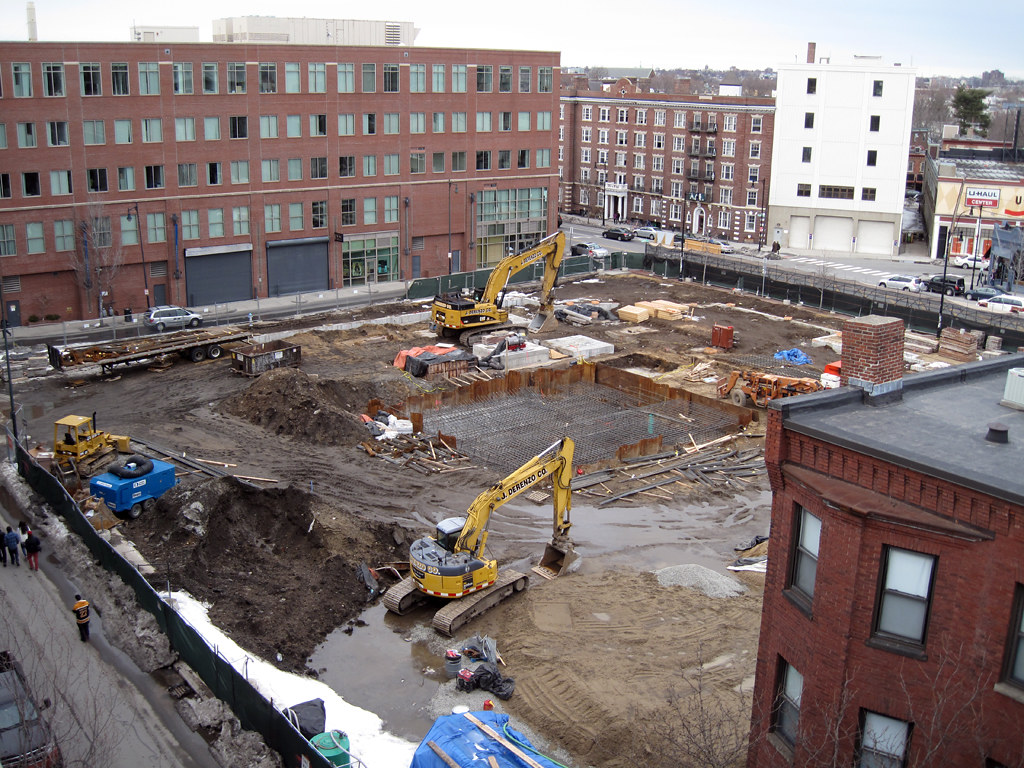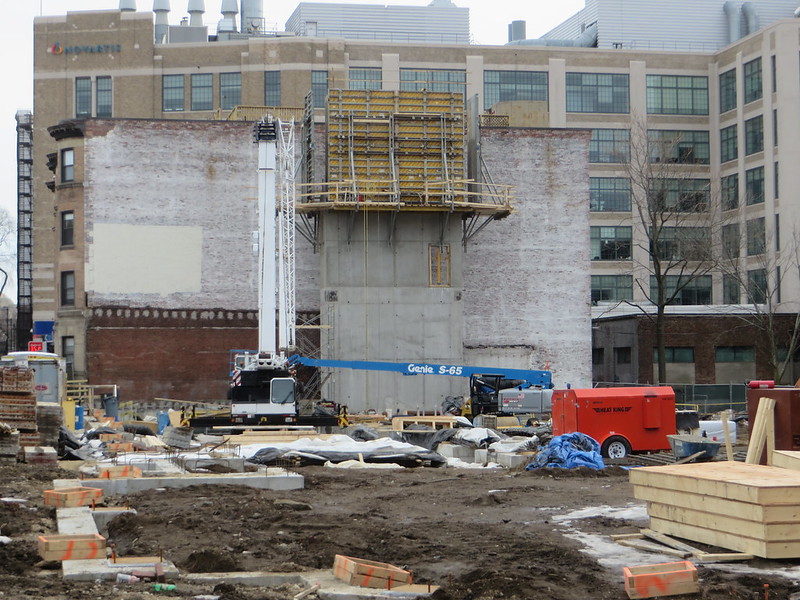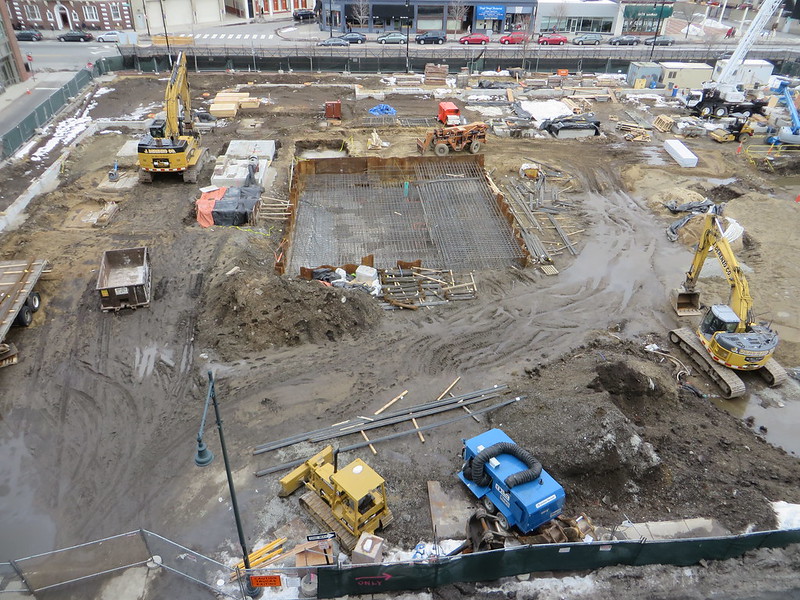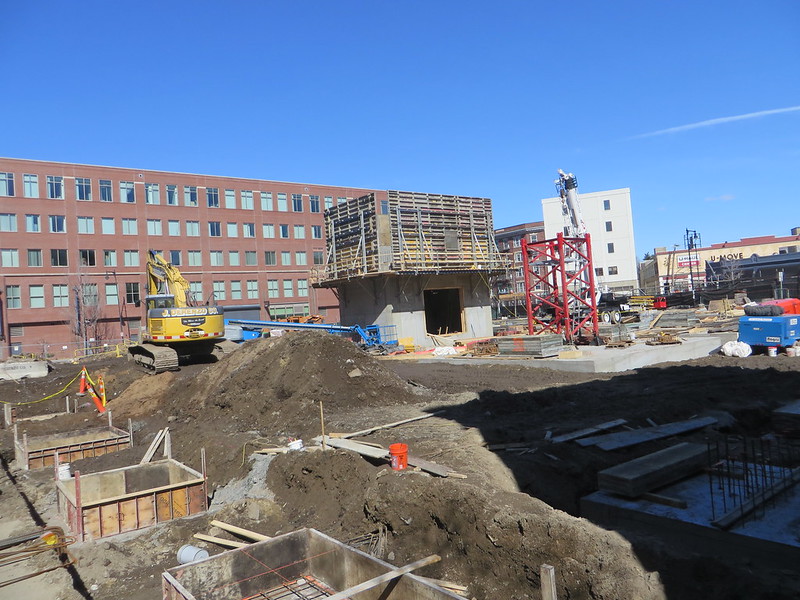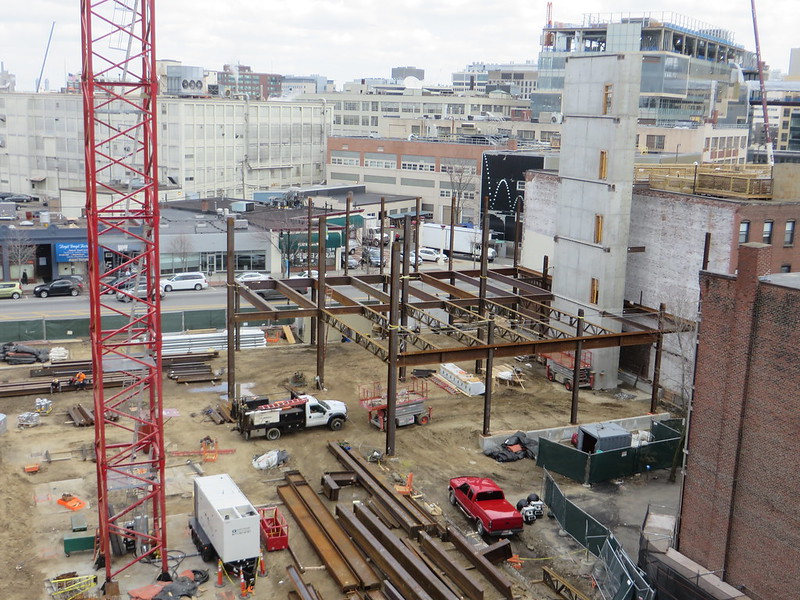tmac9wr
Senior Member
- Joined
- Jun 14, 2006
- Messages
- 1,446
- Reaction score
- 68
^ It's getting THAT crowded quickly, especially with all the TOD growth.
I don't know. I guess what I consider crowded has changed since I moved. When I was living in Allston, I used to consider taking the T home with the crowd to Red Sox games incredibly crowded...now I consider that way below average for rush hour traffic.
Does anyone know what the normal interval is in between trains at rush hour? If intervals are 5 minutes for example, it'd be far more realistic to reduce intervals to 3-4 minutes, rather than increase the number of cars. This would avoid any of the ridiculous construction costs that would be associated with expanding platforms, etc. and probably wouldn't cost any more in terms of other variable costs. For obvious reasons it'd also be able to be implemented immediately.
One thing that happens both here and back in Boston is the short sightedness/idiocy of some riders who refuse to move IN to a car. They walk two steps into a train and say "I'm on" and then stand there like an idiot, totally oblivious to other people trying to get into the train. It fucks things up and is totally avoidable. It also compounds quickly, and soon you have extremely crowded entrances/exits and empty middles of trains. Sometimes I see situations where an additional 50+ people could fit on a car but can't get on due to crowded doors. If there were T police on each car, instructing riders to move into the car entirely, they could increase the efficiency of how many passengers get into each train during rush hour and would be far less costly than any other option out there. I know that sounds weird, but some times the simplest fixes are amongst the most effective/efficient.
Last edited:

